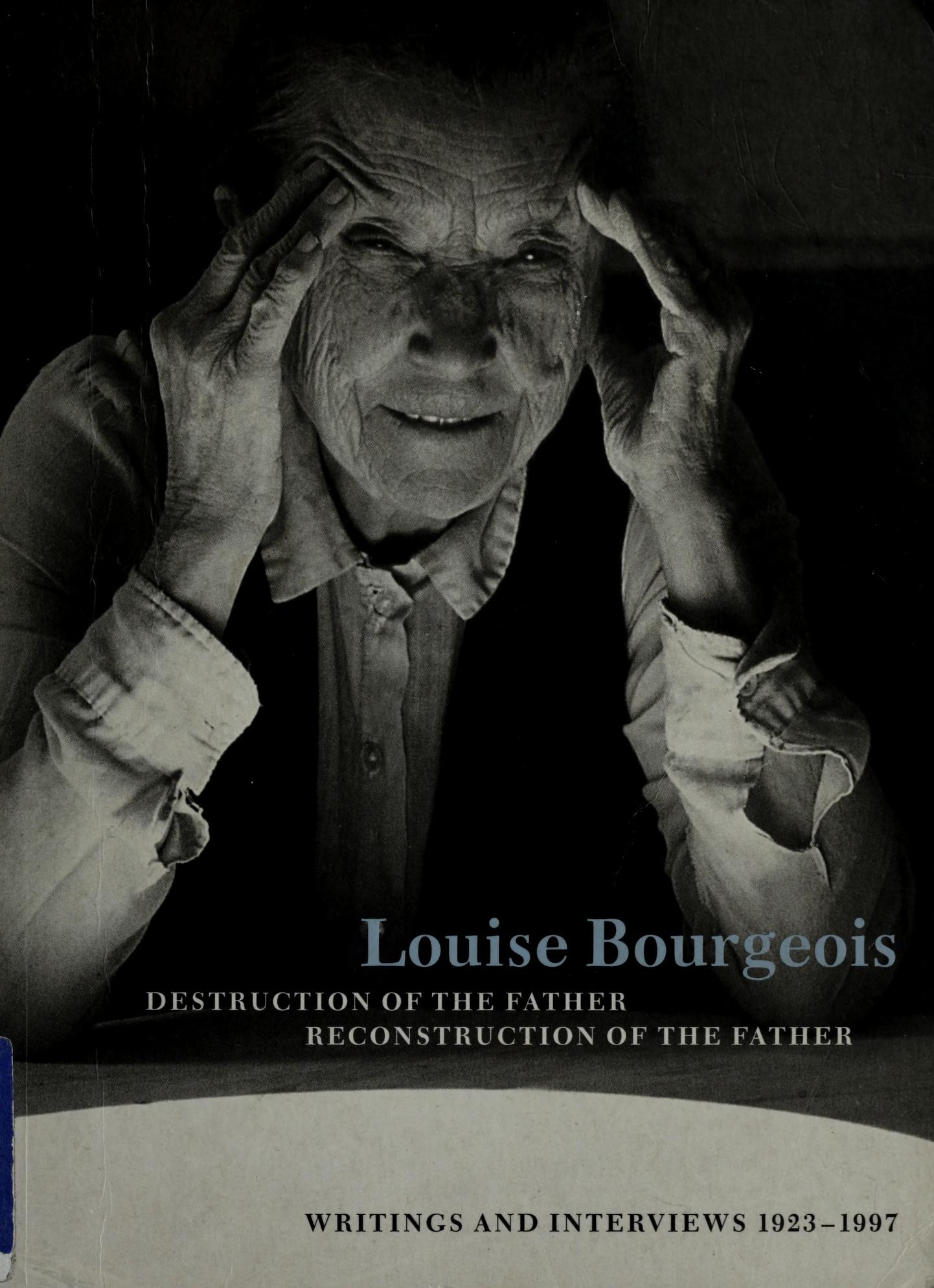Laura Allen, Luke Caspar Pearson (eds.): Drawing Futures: Speculations in Contemporary Drawing for Art and Architecture (2016)
Filed under book | Tags: · architecture, art, design, drawing

“Despite numerous developments in technological manufacture and computational design that provide new grounds for art and architecture, the act of drawing still plays a central role as a vehicle for speculation. There is a long and rich history of drawing that is tied to innovations in technology as well as revolutions in our philosophical understanding of the world. In consideration of a society now underpinned by computational networks and interfaces allowing hitherto unprecedented views of the world, the changing status of the drawing and representation as a political act demands a platform for reflection and innovation.
Drawing Futures is a compendium of the many approaches and directions in which drawing practice and research is heading. Featuring 60 projects from architects and artists to computer scientists and educators, the book opens up the discussion of how drawing may expand synchronously together with technological and computational developments.
The book coincides with an international conference of the same name, taking place at The Bartlett School of Architecture, UCL, in November 2016.”
Publisher UCL Press, London, 2016
Creative Commons BY-NC-ND License 4.0
ISBN 9781911307266
288 pages
Project website
Publisher
OAPEN
WorldCat
PDF, PDF (19 MB)
Internet Archive
Louise Bourgeois: Destruction of the Father / Reconstruction of the Father: Writings and Interviews, 1923–1997 (1998)
Filed under book | Tags: · art, art criticism, drawing, interview, sculpture

“‘Everyday you have to abandon your past or accept it and then if you cannot accept it, you become a sculptor.’
Since the age of twelve, the internationally renowned sculptor Louise Bourgeois has been writing and drawing; first a diary precisely recounting the everyday events of her family life, then notes and reflections. Destruction of the Father — the title comes from the name of a sculpture she did following the death of her husband in 1973 — contains both formal texts and what the artist calls ‘pen-thoughts’: drawing-texts often connected to her drawings and sculptures, with stories or poems inscribed alongside the images. Writing is a means of expression that has gained increasing importance for Bourgeois, particularly during periods of insomnia. The writing is compulsive, but it can also be perfectly controlled, informed by her intellectual background, knowledge of art history, and sense of literary form (she has frequently published articles on artists, exhibitions, and art events). Bourgeois, a private woman ‘without secrets’, has given numerous interviews to journalists, artists, and writers, expressing her views on her oeuvre, revealing its hidden meanings, and relating the connection of certain works to the traumas of her childhood. This book collects both her writings and her spoken remarks on art, confirming the deep links between her work and her biography and offering new insights into her creative process.”
Edited and with texts by Marie-Laure Bernadac and Hans-Ulrich Obrist
Publisher MIT Press, with Violette Editions, London, 1998
ISBN 0262522462, 9780262522465
384 pages
PDF (102 MB)
Comment (0)Eva Hesse: Circles and Grids (2006)
Filed under catalogue | Tags: · art, drawing

15 works on paper made in 1966-67. Published on the occasion of the exhibition Eva Hesse Drawing, The Drawing Center, May-July 2006.
Publisher The Drawing Center, New York, 2006
Drawing Papers series, 61
16 pages

